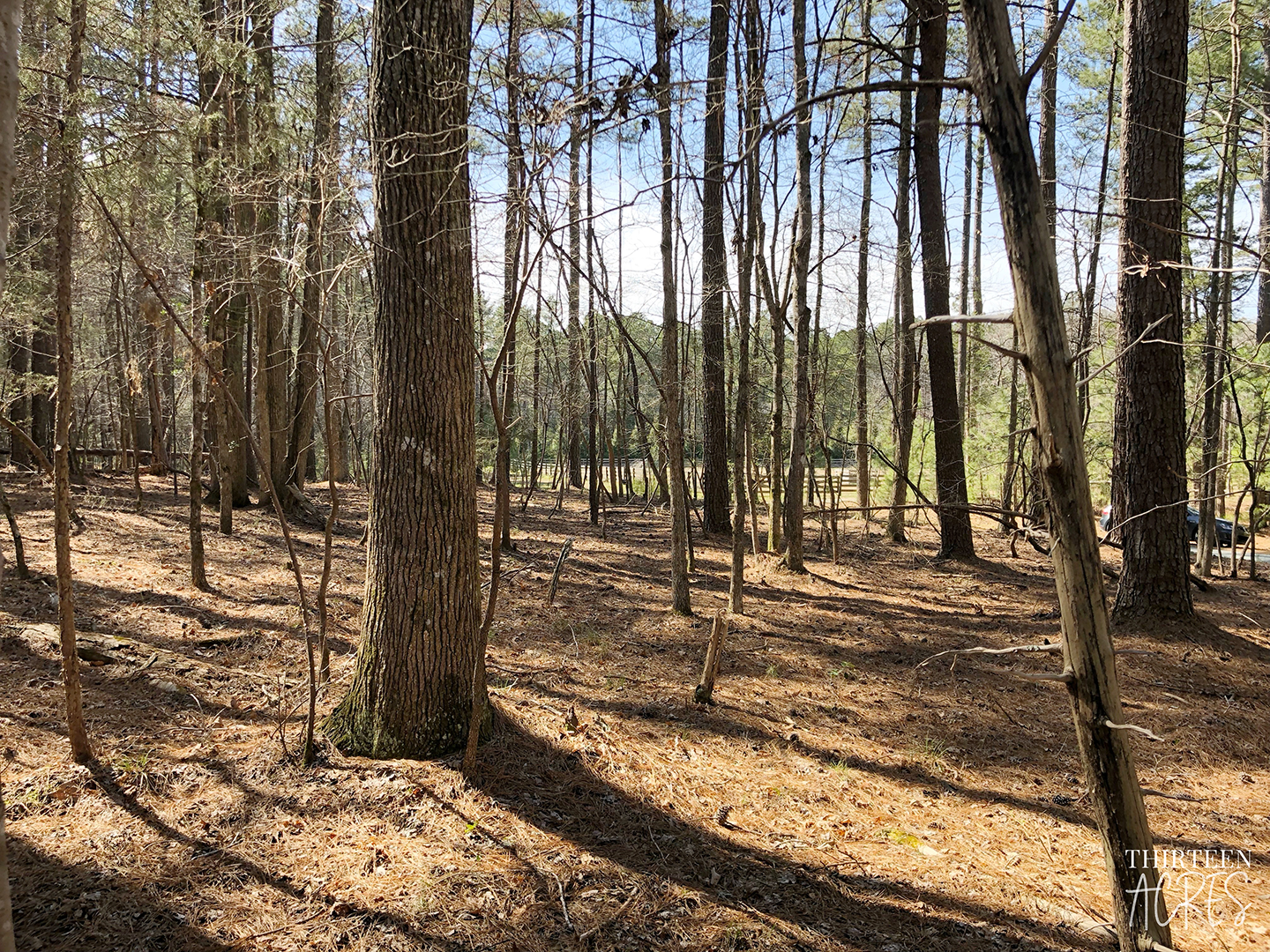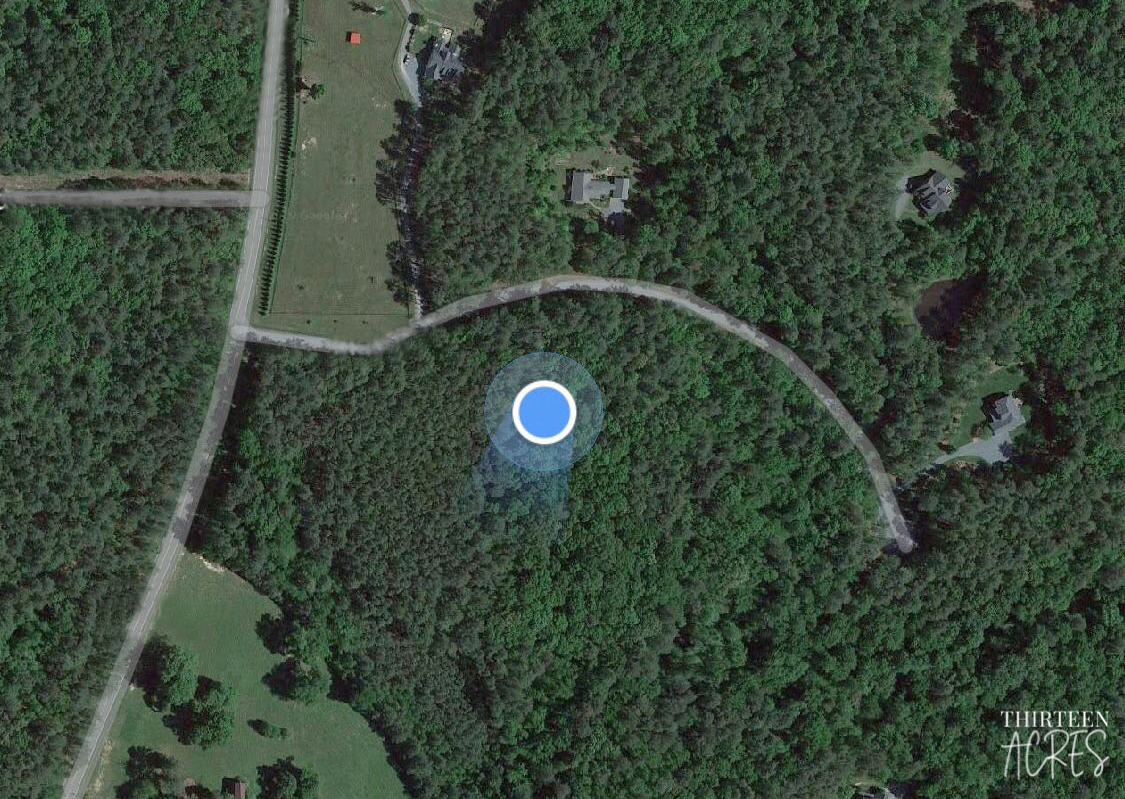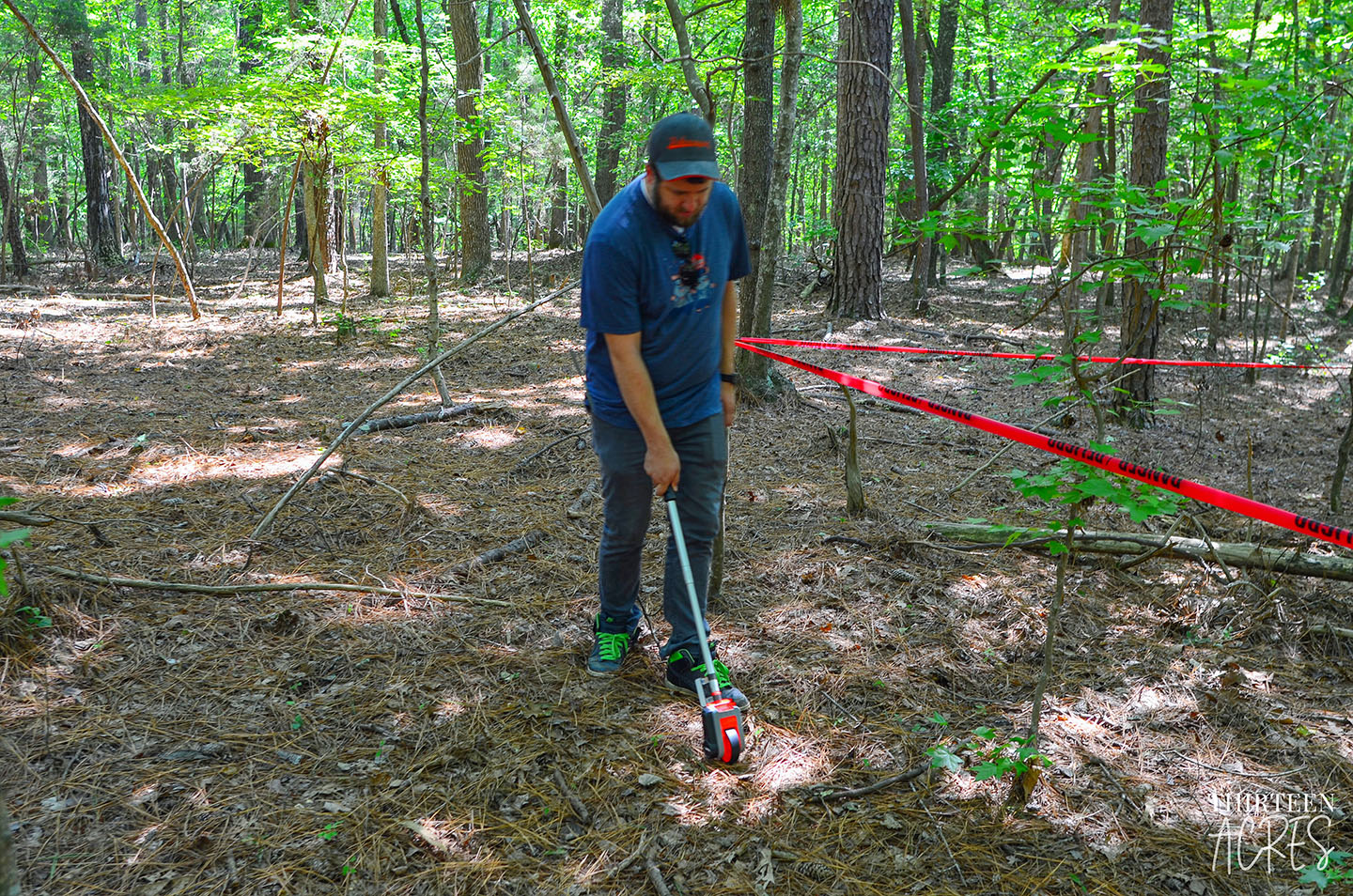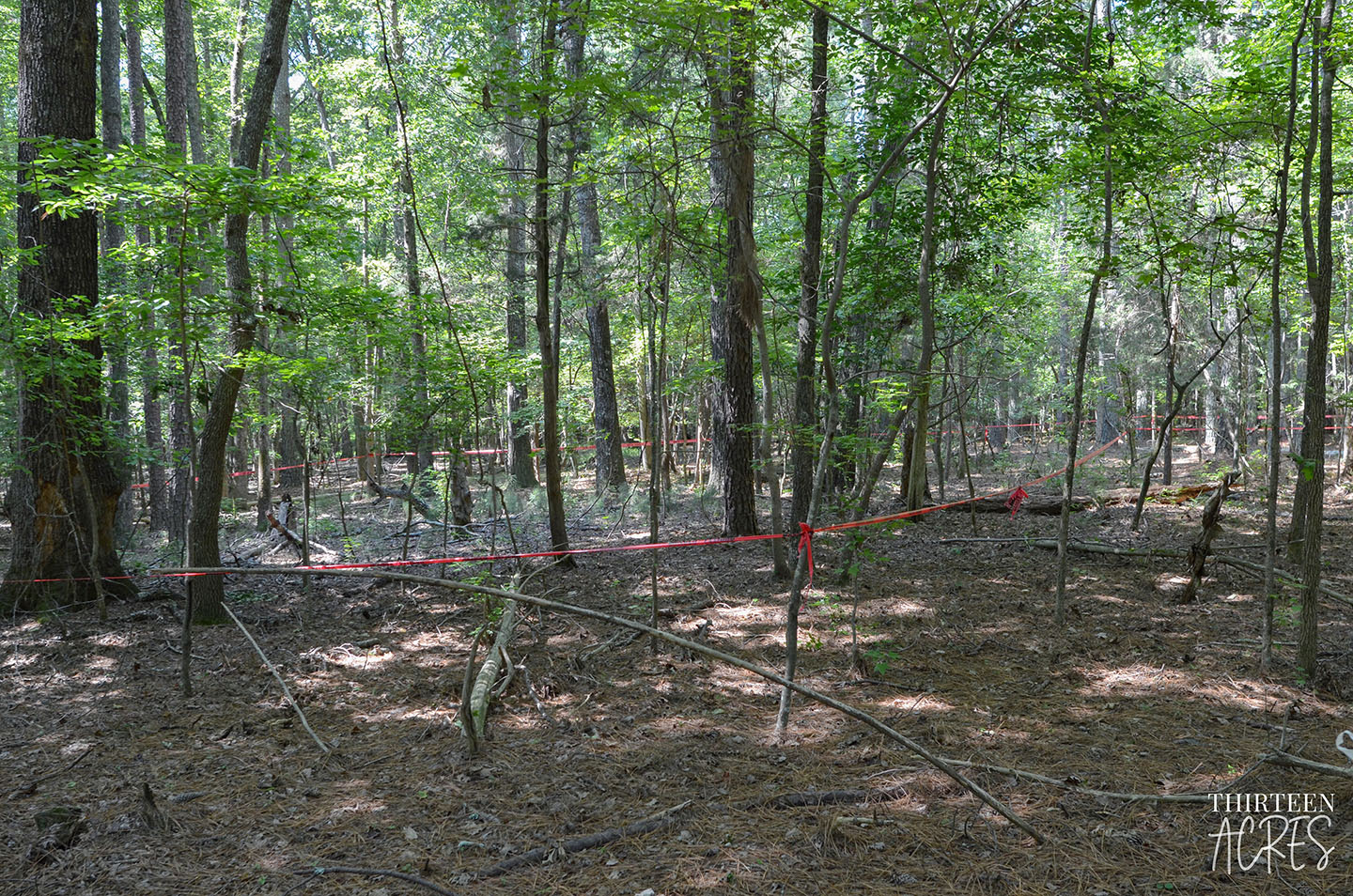Thirteen Acres is supported by our readers. When you buy through links on our site, we may earn an affiliate commission. As an Amazon Associate, we earn from qualifying purchases.
One thing that is extremely hard to do when looking at 13 acres of trees is to try and visualize what it's going to look like when all is said and done. Over the better part of a year, we looked at many different properties. Some were not hard to visualize because they were wide open, but they had their own issues. Ultimately, the lot we chose had a good blend of everything we were looking for, including some of the factors that you need to consider when planning and laying out your lot: soil quality, shape, and size. Throughout our search, we received some input from a couple different people that we should consider the placement of the house in relation to the sunrise and sunset, which we did our best to take into account.

Soil quality is something that we were concerned with on every lot we visited. We go over some ways to help you determine soil quality and why it's important in more detail in our post about using the GIS, but on a lot like ours we felt it was very important, since we knew we'd need a septic tank. One thing that was nice about our land was that there were already two non-expiring, four-bedroom septic permits issued for it. For us, that meant a little less to worry about. In fact, even though the permit was issued some 20 years ago and was a bit rudementary, it showed the proposed house in a similar place to where we thought we'd put our house.
In addition to soil quality, you have to consider the shape and features of your land and what they potentially can provide for you. We wanted a decent amount of land on all sides of us. We were looking at acreage to have more privacy, so we took that into consideration at each property we visited. We were concerned when the lots were long and skinny because even though it was a very long property, there was still the potential for a neighbor to be right next to us. This was something that the fully wooded lot actually did help us visualize; when we stood where we thought the house might go, we couldn't see any houses from where we were standing.
The topography of your land will also likely be important. If you're looking for a house with a walk-out basement, it's much easier to build on a sloped lot. Some lots have a bit of a rolling topography to them, which can help hide your house behind some of the hills or give you an elevated view if you build at the top of a hill. There are many factors to consider with topography but it will be up to you to decide if the features that the land offers will suit your needs. We liked that the location we picked on our land was the highest point, so there's a slight slope up our driveway, and we hopefully won't encounter drainage issues in the future. There are also small valleys to the left of where our house is, which we thought we could turn into a pond some day.
TIP: When we first visited our property and found a location where we thought we'd want our house, we pulled up our GPS on our phone and took a screenshot of our location. This helped us remember the location and we were able to superimpose the GPS marker onto a map to get some real measurements once we got to a computer.

Size is another important thing to consider when determining your house location. There are usually required setbacks that your county or town has in place which you'll have to consider. Once you factor in those setbacks on a smaller lot, you might not be left with many options. It may present even more challenges if you need a septic tank like we did; septic can be possible in a lot of places, but the price can also rise significantly depending on your situation. With a larger lot, although you might be less restricted, you'll still have to consider setbacks and future requirements. Will you want a pool in the future? Consider leaving enough space where you think you'd put that. When we planned our layout, we accounted for future projects so that we won't be disappointed later on.
Once we purchased our property, we wanted to try and figure out visually how much area our house would take up. Since we knew the general outside dimensions of our house, we brought caution tape and a measuring wheel with our plans to the lot and did our best to try and mark our proposed house location. Since we had enough trees, we used them as our house corners and just wrapped the tape around them. If you're on a more cleared lot, you might need to bring stakes as well. In hindsight, we'd recommend not using a measuring wheel. Since our land wasn't flat and had tons of leaves, sticks, and trees on the ground, it was not very accurate. Instead, use a long measuring tape that won't be impacted by the ground inconsistencies - it will give you a more accurate measurement.

After we marked out the house, we also wanted to get an idea of what it would feel like driving up to the house, so we brought a line of caution tape down what we thought would eventually be our driveway. We wanted it to be a little windy and curving into our house, so that's what we tried to emulate with the caution tape.
Once everything was marked, we took a step back to see if the house was where we wanted it to be. We considered things like sight lines to the neighbors and road to see how close we were. We checked to see if there were any direct lines of sight into where there would be windows on our house. We plan on using our back porch and yard a lot so we tried to make sure that the house be positioned in a way that makes the back yard private. In the end, the caution tape pretty much marked where we planned on the house being built from the day we set foot on the property, and it provided the privacy we were hoping for. We were glad that we were also able to position our house North-South facing, which is ideal for letting natural light into our living areas.

One thing you should keep in mind while laying out your lot is that no matter how much time you spend figuring out the perfect location, it probably won't be exactly where your house ends up. We mentioned the septic permits that were already issued for our property earlier in this post and that introduced some complications later on for us. Even though there were no exact measurements on the permit, the county wanted the house to be in a bit of a different place than where we wanted. Due to that small problem, we ended up having to move the house about 40 feet closer to the road. There are specific distances from the septic tank that the house has to be and without moving forward, our house couldn't meet those requirements. Overall, it put us closer to the highest point on our property so it will be better for drainage, but it was a surprise when we saw the property staked out by the surveyor.
In the end, every piece of property is going to have pros and cons. If you're like us, as soon as you find the property that's for you, you'll know it. We spent almost a year looking at a lot of trees, fields, and dirt, but when we walked onto what is now our 13 acres, we knew this is where we'd call home.

Comments